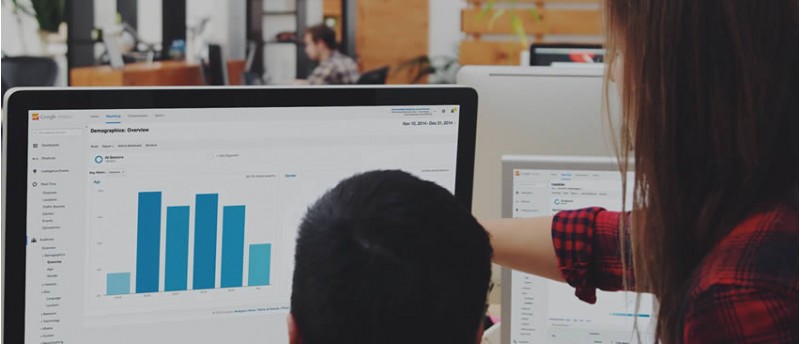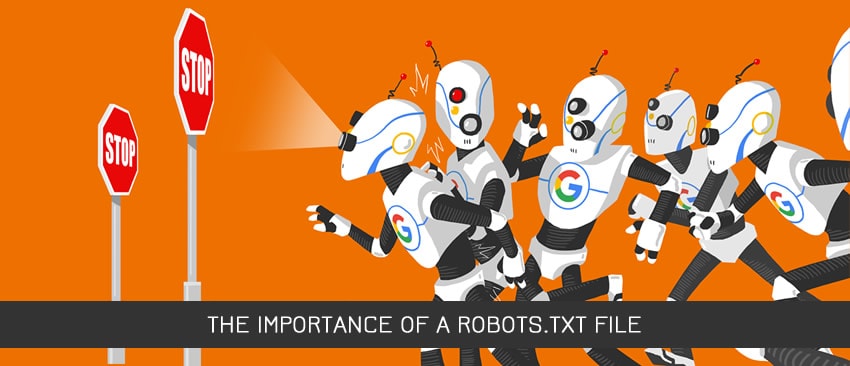Introduction to Conversion Rate Optimization
- By OCX Team
- In Conversion Optimization
- Apr 11, 2017

... OR how to make more money via your website
"Conversion Optimization" blog category is designed to help you convert more passive website visitors into active users that engage with your content or purchase your products and to improve the performance of your website as well as the tools you’ll need to be successful.
This series of posts will also contain video lessons from top marketing experts like dr. Flint McGlaughlin from MECLABS Institute, test cases, "not this ... but this" examples and many other useful advices.
If you're (still) reading post probably you are owner of an ecommerce business based on OpenCart platform and like every store owner your goal is to increase sales.
There's really two (major) ways that you can use to accomplish this.
First option: Get more visitors to your online store (via ads etc)
Let's suppose that your online store has 1000 visitors/day and 10 of them buy something.
Increasing number of visitors to 2000/day (and same percentage of people placing an order) will lift up your sales to 20.
Nice, but unfortunately to double visitors number imply some costs. In 3 words: IS NOT FREE
Second option: Higher Conversion Rate (which by the way is FREE)
Same 1000 visitors/day but with an increased conversion rate you can get 20 sales/day. Will see later how :)
So, what is Conversion Rate Optimisation (CRO) ?
Conversion rate optimisation or CRO isn’t about increasing traffic to your website, instead it’s about increasing revenue from existing traffic or an even simpler
definition: conversion rate optimization is finding why visitors aren’t converting and fixing it.
Conversion Rate Optimization Is…
- A structured and systematic approach to improving the performance of your website
- Taking the traffic you already have and making the most of it
Conversion Rate Optimization Is Not…
- Based on guesses, hunches, or what everyone else is doing
- Driven by the highest paid person’s opinion
Why is Conversion Rate so important?
Your store’s conversion rate is important for the mere reason that it is the metric by which you measure your business profitability.
You can use the conversion rate to predict future success or use it to determine that something isn’t working. Then, you can use the conversion rate as a measuring stick as you attempt to fix the customer experience on your website.
To optimize conversion rate first we have to learn how to calculate it and to understand few key terms used in next posts like Bounce Rate, Exit Rate, Total Conversion.
How Randy Pausch said "When there's an elephant in the room introduce him", so let's start:
Conversion Rate - percent of visitors who made a purchase (in general - who did whatever it is defined as converting, subscribed to newsletter and so on - depending on your goal)
Conversion Rate = Total Number of Sales / Number of Unique Visitors * 100
If we want to find conversion rate for first example will have:
Conversion rate = 10 / 1000 * 100 = 0,01 * 100 = 1%
Bounce Rate - is the percentage of people who leave after viewing a single page.
A high bounce rate is not a good thing–for whatever reason, people aren’t finding what they’re looking for so they leave almost immediately.
Exit Rate - percentage of people who leave after viewing the page.
Your exit rate lets you know the last page that users view before they move on.
A very high exit rate on a specific page can be a red flag.
Average Time on Site - gives you a general idea how long people are sticking around.
Call to Action (CTA) - The primary button, link or other user interface element that asks the user to take an action that leads to an conversion.
E.g: "Add to Cart" button from your product page.
Conversion Funnel - The primary pathway (or flow) of the user experience where visitors complete a conversion.
E.g: On your OpenCart store the funnel may be Home page > search results page > product page > checkout.
A/B Testing (also known as Split Testing) -Technique that involves sending half your users to one version of a page, and the other half to another, and watching the web analytics to see which one is more effective in getting them to do what you want them to do
- No matter how “good” your conversion rate is, you can always make improvements
- Spending more on online marketing isn’t necessarily the answer to improving your conversion rate
- Optimizing your store for conversions helps to capitalize on the potential new customers
- Improving your conversion rate is pretty much free






